Szechuan cuisine, originating from Sichuan Province in China, is renowned for its bold and complex flavors, particularly the iconic "ma la" (numb-spicy) sensation created by Sichuan peppercorns and chili peppers. This regional Chinese cuisine balances heat, numbing, umami, and other tastes to create a unique culinary experience.
Table of Contents
- What Exactly Are Szechuan Dishes?
- The Flavor Trio: Spicy, Salty, and Numb
- Top 5 Classic Szechuan Dishes You Must Try
- How to Recreate Szechuan Flavors at Home
- Buying Guide: Essential Ingredients for Your Szechuan Pantry
- Spice Up Your Life (Safely): Health Considerations
- Frequently Asked Questions About Szechuan Dishes
- Final Thoughts: Why Szechuan Cuisine Is Worth the Burn
What Exactly Are Szechuan Dishes?
Szechuan cuisine, originating from Sichuan Province in China, is one of the eight great regional cuisines of Chinese food. It's known for its complex layering of flavors, particularly the famous combination of chili heat and the numbing effect of Sichuan peppercorns.
Unlike other spicy cuisines that rely mainly on chilies, Szechuan dishes are all about balance — combining sweet, sour, bitter, salty, and umami with heat and numbing sensations. The result? A full-body flavor experience that can make your mouth tingle, sweat drip, and heart race — all in the best way possible.
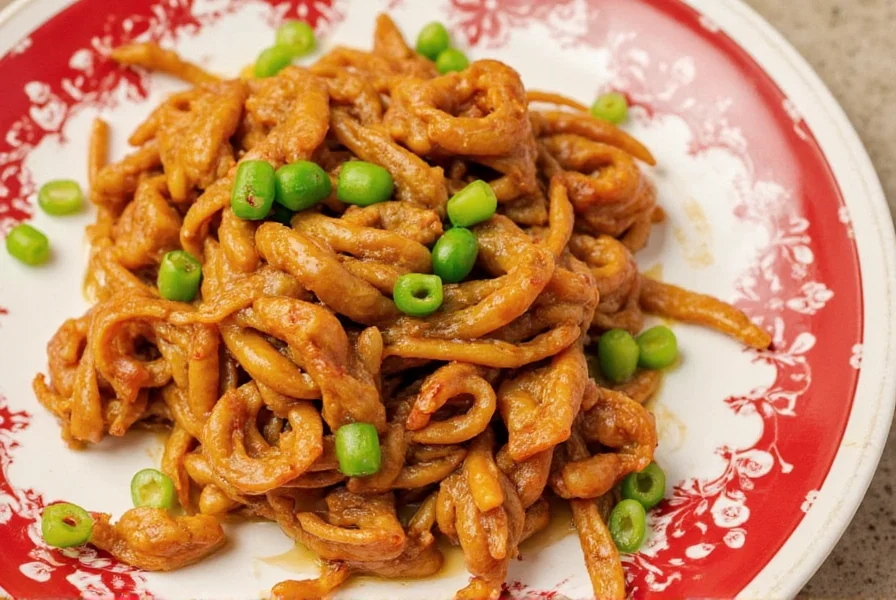
The Flavor Trio: Spicy, Salty, and Numb
The magic of Szechuan cooking lies in three core elements:
- Heat from dried red chilies
- Numbness from Sichuan peppercorns
- Umami depth from fermented ingredients like Doubanjiang (broad bean paste)
This triumvirate creates what chefs call "ma la" — the iconic numb-and-spice combo that defines Szechuan cuisine.
Understanding Ma La
| M | A | L | A |
|---|---|---|---|
| Má (Numbness) | From Sichuan Peppercorns | La (Spiciness) | From Chilies |
Top 5 Classic Szechuan Dishes You Must Try
Ready to dive into the world of Szechuan cuisine? Here are five must-try dishes that showcase the region's culinary genius:
- Mapo Tofu: Silken tofu in a fiery sauce with minced pork, fermented black beans, and generous amounts of chili oil and Sichuan peppercorns. It's creamy, spicy, and deeply satisfying.
- Kung Pao Chicken: Tender chicken stir-fried with peanuts, vegetables, and chilies. It's a perfect blend of sweet, spicy, and crunchy.
- Dan Dan Noodles: Originally a street food, these noodles come with a meaty, spicy sauce and a generous dusting of pepper powder.
- Twice-Cooked Pork: Thin slices of pork belly first boiled, then stir-fried with garlic sprouts or leeks, chili paste, and fermented soybeans.
- Hong Kong Wonton Soup: Not as spicy as others but packed with flavor, this dish features handmade pork dumplings floating in a clear broth infused with chili oil.
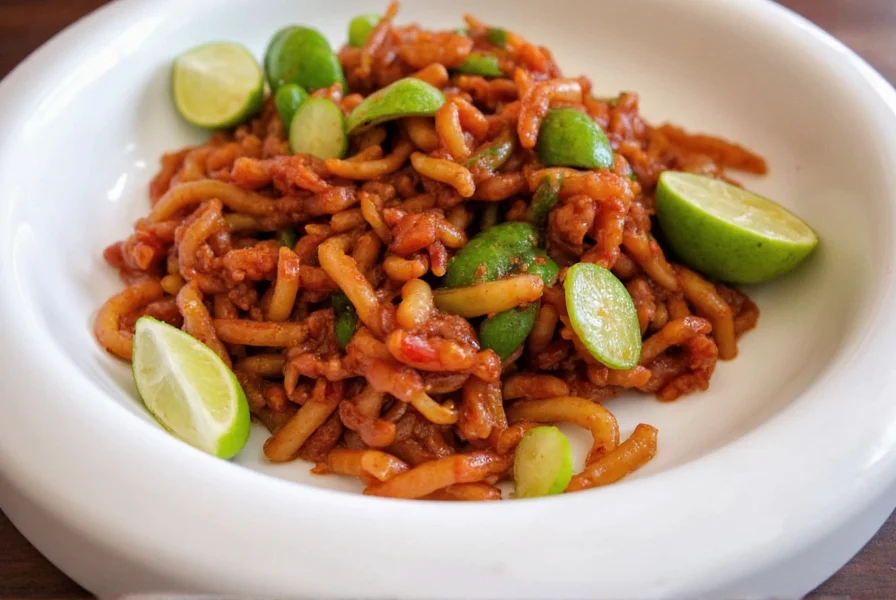
How to Recreate Szechuan Flavors at Home
You don't need a professional kitchen to enjoy Szechuan cuisine at home. With the right ingredients and techniques, you can bring that bold flavor to your dinner table.
Essential Techniques
- Braising: Ideal for dishes like Mapo Tofu where sauces need time to develop.
- Stir-frying: Perfect for quick dishes like Kung Pao Chicken.
- Marinating: Especially important for meats to ensure tenderness and flavor absorption.
Tips for Balancing Flavors
| Taste | Ingredient | Purpose |
|---|---|---|
| Spicy | Chili Oil/Paste | Adds heat and color |
| Numb | Sichuan Peppercorns | Citrusy, tingling sensation |
| Salty | Soy Sauce | Base seasoning |
| Umami | Doubanjiang | Depth and richness |
Buying Guide: Essential Ingredients for Your Szechuan Pantry
Want to master Szechuan cooking? Stock up on these essentials:
- Sichuan Peppercorns
- Features: Dark brown pods that turn reddish when dried.
- Advantages: Unique numbing effect without bitterness.
- Use Cases: Toast and grind for finishing dishes or use whole in braises.
- Best For: Enthusiasts and chefs who want authentic flavor.
- Doubanjiang (Fermented Broad Bean Paste)
- Features: Deep red paste made from fermented broad beans and chili peppers.
- Advantages: Adds complexity and earthy spice.
- Use Cases: Base for Mapo Tofu, Red Oil Dumplings, and hot pots.
- Best For: serious cooks wanting restaurant-level authenticity.
- Chili Bean Paste (Toban Djan)
- Features: Less fermented than Doubanjiang, milder heat.
- Advantages: Versatile for beginners.
- Use Cases: Stir-fries, marinades, and dipping sauces.
- Best For: casual home cooks.
- Chili Oil
- Features: Infused oil with ground chilies, sometimes including Sichuan pepper.
- Advantages: Ready-to-use heat boost.
- Use Cases: Noodle dressings, dumpling dips, or drizzle over steamed dishes.
- Best For: anyone seeking convenience with flavor.
- Rice Vinegar & Sugar
- Features: Sweet-sour contrast pair.
- Advantages: Balances out spicy elements.
- Use Cases: In dressings, braising sauces, or pickled vegetables.
- Best For: balancing bold flavors.
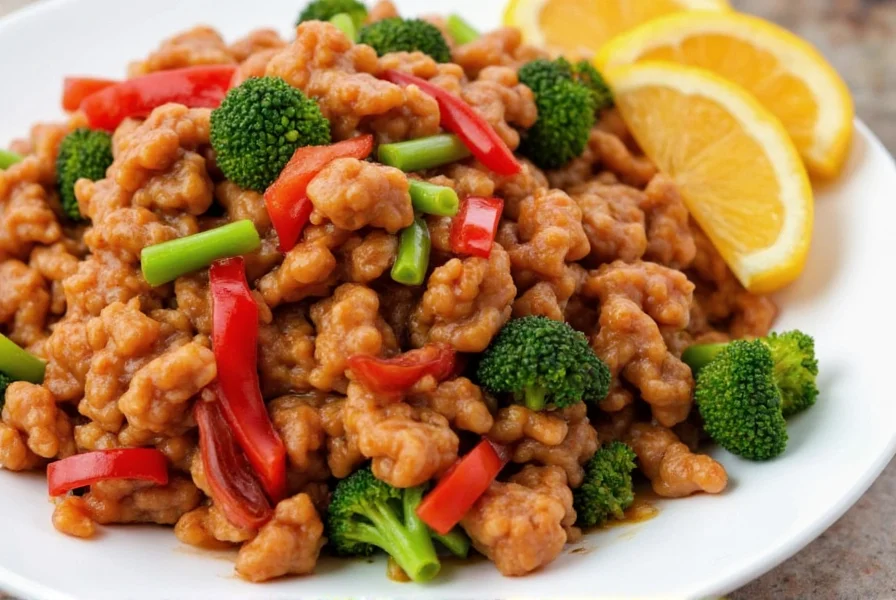
Spice Up Your Life (Safely): Health Considerations
While Szechuan dishes offer bold flavors and cultural richness, it's wise to consider health implications, especially if you're new to spicy food.
- Heartburn Alert: Capsaicin in chilies can trigger acid reflux in sensitive individuals.
- Pepper Overload: Too many Sichuan peppercorns may cause prolonged numbness or irritation.
- Blood Pressure Watchers: Many sauces are high in sodium; look for low-sodium alternatives.
- Healthy Pairing Tips: Serve with steamed greens or jasmine rice to balance richness.
Frequently Asked Questions About Szechuan Dishes
What exactly are Szechuan dishes?
Szechuan dishes are culinary creations originating from Sichuan Province in southwestern China. They're characterized by bold flavors, particularly the unique combination of intense spiciness from chilies and the distinctive tingling numbness from Sichuan peppercorns. This regional Chinese cuisine emphasizes complex flavor layering that balances spicy, salty, sour, sweet, and umami elements.
What makes Szechuan cuisine unique compared to other Chinese regional cuisines?
The defining characteristic of Szechuan cuisine is the "ma la" (numb-spicy) sensation created by the combination of Sichuan peppercorns and chili peppers. While other Chinese regional cuisines may be spicy, Szechuan is distinctive for this specific tingling numbness that complements the heat. The cuisine also makes extensive use of fermented ingredients like doubanjiang (broad bean paste) for deep umami flavors.
Are all Szechuan dishes extremely spicy?
No, not all Szechuan dishes are extremely spicy. While heat is a common element, authentic Szechuan cuisine emphasizes flavor balance. Some dishes have moderate spice levels, and many restaurants will adjust spiciness to customer preferences. The cuisine features a wide range of dishes with varying heat levels, from mildly flavorful to intensely spicy.
What is the difference between "Szechuan" and "Sichuan"?
There is no difference - they refer to the same Chinese province and cuisine. "Szechuan" is the older Wade-Giles romanization system spelling, while "Sichuan" is the modern Pinyin spelling. Both terms are used interchangeably, though "Sichuan" has become more common in recent years as Pinyin has become the standard romanization system.
What causes the tingling sensation in Szechuan peppercorns?
The tingling, numbing sensation from Sichuan peppercorns is caused by hydroxy-alpha-sanshool, a compound that stimulates nerve endings in your mouth. This creates a unique vibrating or buzzing sensation often described as "electric" that's different from the burning heat of chili peppers. The sensation typically starts on the lips and tongue and can spread throughout the mouth.
Can I recreate authentic Szechuan flavors at home without specialty ingredients?
You can approximate Szechuan flavors with more common ingredients, but for authentic taste, certain specialty items are essential. Key ingredients include Sichuan peppercorns for the numbing effect and doubanjiang (fermented broad bean paste) for deep umami flavor. While substitutes exist, the unique "ma la" experience requires genuine Sichuan peppercorns, which are now widely available in Asian markets and online.
Why is Szechuan cuisine so popular worldwide?
Szechuan cuisine has gained global popularity because of its bold, exciting flavor profile that appeals to adventurous eaters. The distinctive "ma la" sensation offers a unique sensory experience not found in most other world cuisines. Additionally, the complex layering of flavors creates a more interesting eating experience compared to one-dimensional spicy foods. The cuisine's adaptability to local tastes while maintaining its signature elements has also contributed to its worldwide appeal.
Final Thoughts: Why Szechuan Cuisine Is Worth the Burn
Szechuan dishes aren't just about heat — they're a celebration of boldness, creativity, and balance. Whether you're chasing the tingling numbness of Sichuan peppercorns or reveling in the fiery embrace of chili-laced sauces, Szechuan cuisine offers something unforgettable for every palate.
So next time you find yourself reaching for that bottle of chili oil, remember — you're not just spicing things up. You're diving headfirst into centuries of culinary tradition, culture, and sheer deliciousness.
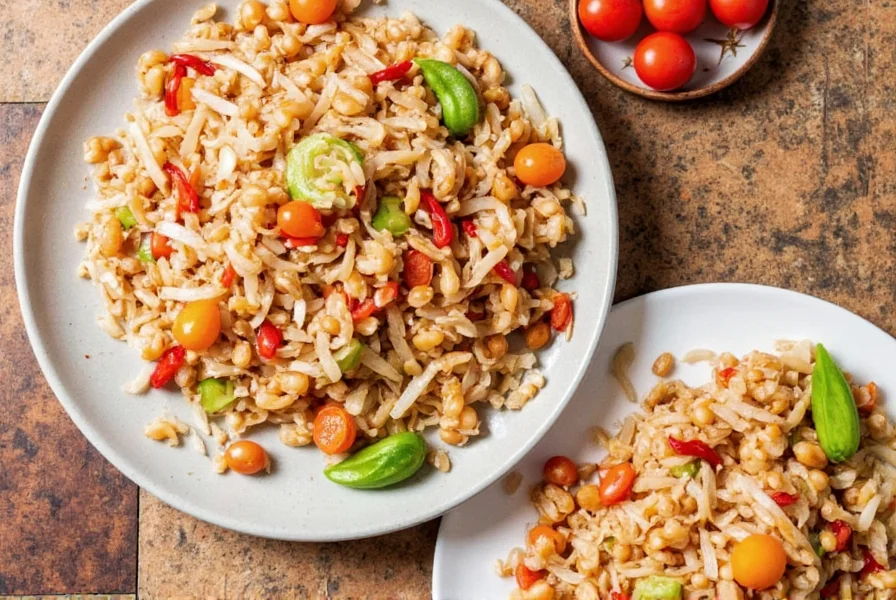
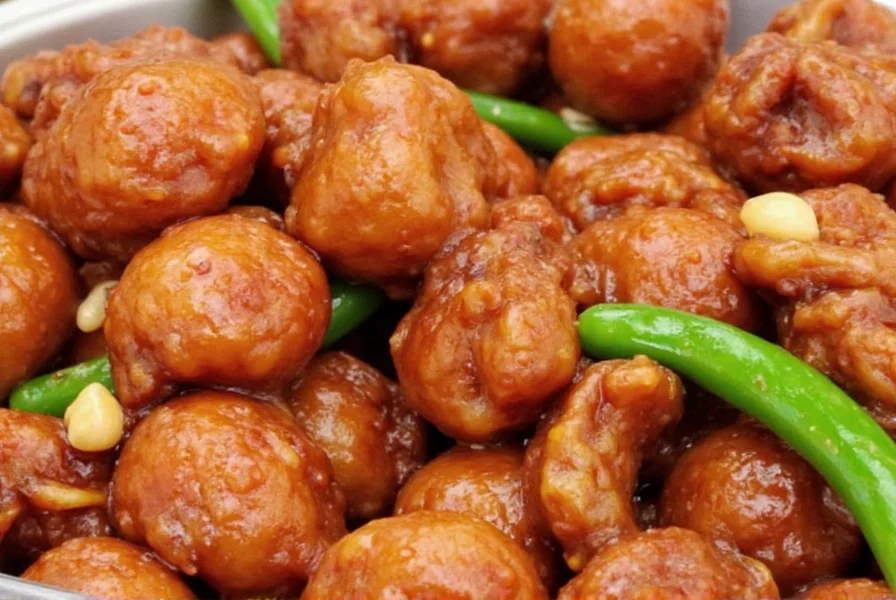
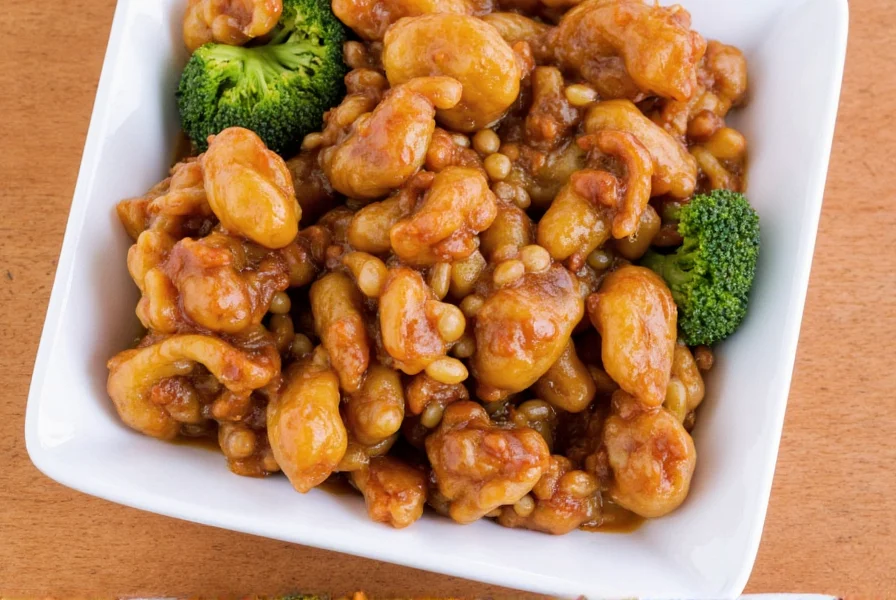
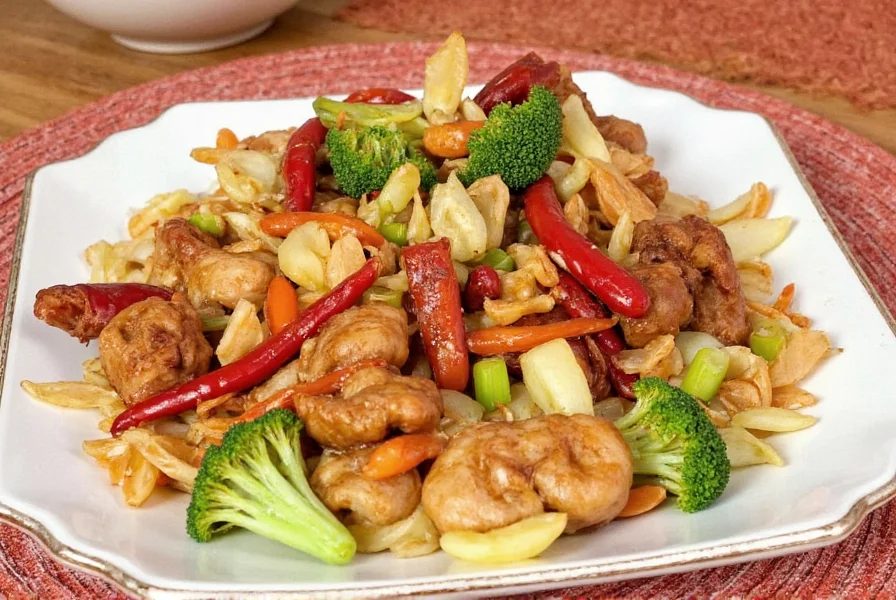
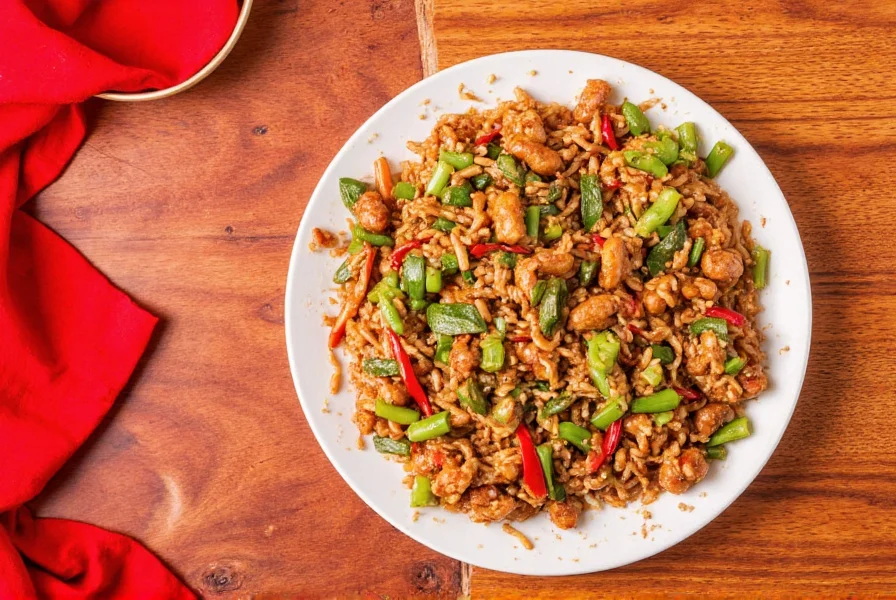

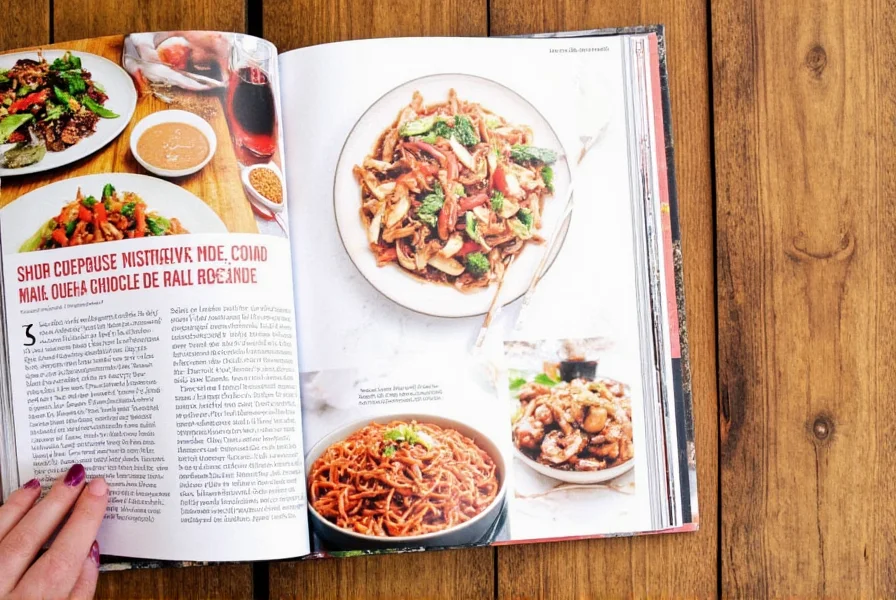









 浙公网安备
33010002000092号
浙公网安备
33010002000092号 浙B2-20120091-4
浙B2-20120091-4